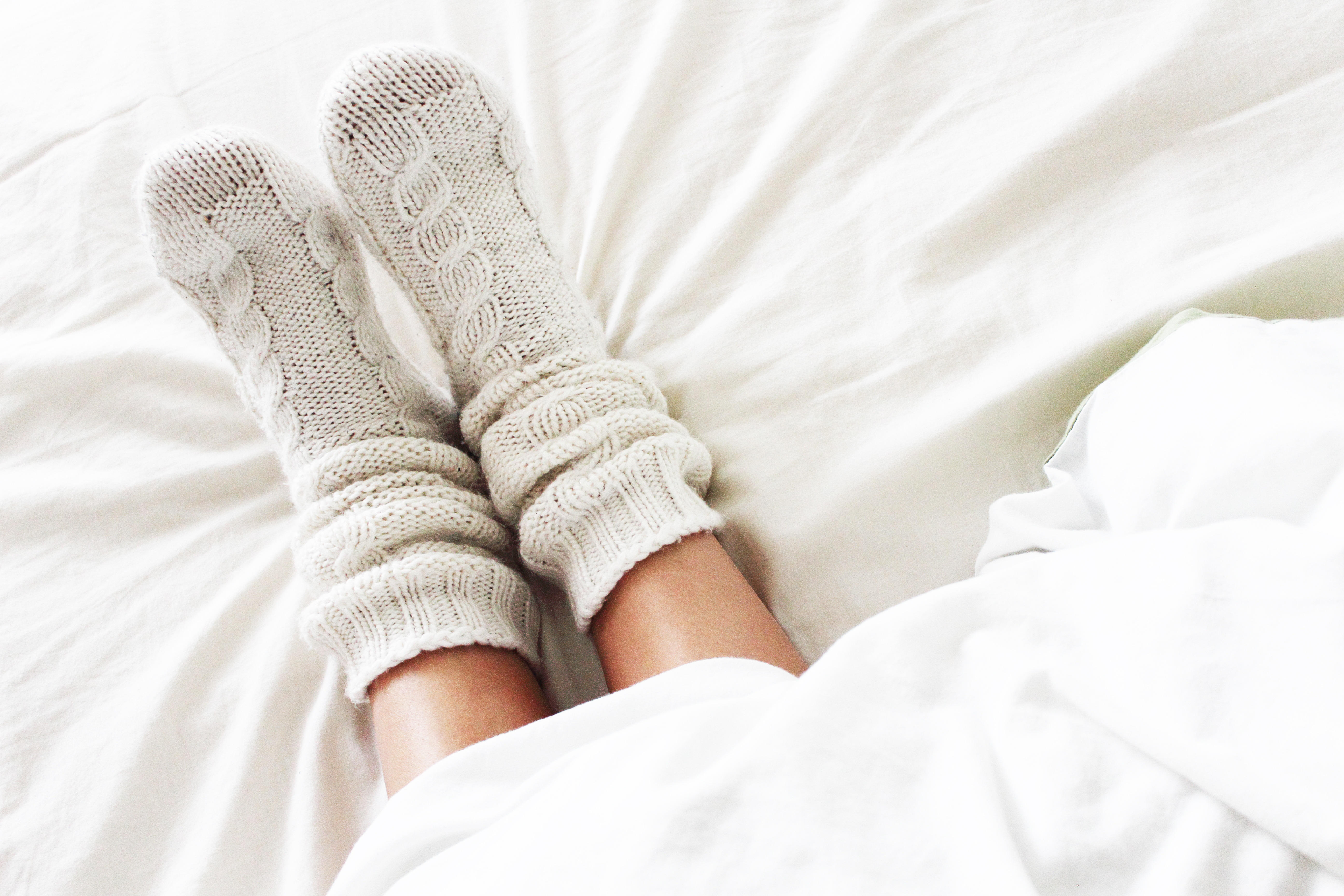
When the temperature drops, we all bring out our warm coats, hats, and gloves. But some people forget how important it is to protect another part of their body: their feet. As Summit Health Orthopedic Surgeon Dr. Steven Weinfeld explains, "People get into trouble. They need to be prepared for what winter brings."
Potential problems
Dr. Weinfeld points to three major foot issues that people encounter in the winter.
- Injury due to slipping on snow or ice
- Frostnip or frostbite
- Dry, cracked feet
Keeping your feet healthy
As with most things, prevention is the best cure. Dr. Weinfeld recommends several ways you can preemptively protect your feet.
Wear the right shoe. "When people don't think about how long they'll be outside, or the potential for injury from snow or ice, they put themselves at risk," says Dr. Weinfeld. Keep the following in mind when purchasing a winter boot:
- Consider the sole. Sturdy soles and larger treads are key, as they provide better grip on slick surfaces.
- Make sure the boots have good lining. A wool or insulated lining will keep your feet warm on freezing days.
- Make sure your boots are waterproof. Damp feet are more prone to infections.
- Socks are important. "Wool or cotton socks are the best choice," says Dr. Weinfeld. "They absorb more moisture than nylon or synthetic socks."
- Don't put wet boots back on. No one enjoys damp, cold feet. Ensuring your boots are dry also helps prevent bacteria and fungi growth.
- Moisturize. "In the winter, your skin gets drier due to less humidity," the doctor explains. This isn't just uncomfortable. Dry skin can crack and bleed, allowing bacteria into your foot. Moisturize daily with a thick lotion that prevents drying and cracking.
- Wear foot powder. Even if you're wearing the right socks and boots, your feet will likely sweat if you're outside for a prolonged period. Foot powder helps absorb that sweat. Make it a habit of putting it on before heading out the door.
- Pay attention. One of the easiest ways to injure yourself is not looking around. Walk carefully and look out for ice and other hazards.
- Keep an eye out for potential problems. If you notice issues with your feet, go to urgent care or your doctor. "If you've lost sensation and your toes are quite red, or even white, this could be a sign of frostbite," says Dr. Weinfeld. It is also important for people at high risk for foot problems, such as those with diabetes or neuropathy, to closely monitor their feet. "Those at risk need to have somebody check their feet every day," he notes, "especially when they come in from the outside."
Whether you enjoy cold-weather sports or simply want to stay warm while shoveling snow or walking out and about, you can keep your feet safe and healthy. But, as Dr. Weinfeld says, "Just be prepared for whatever the winter might bring."
